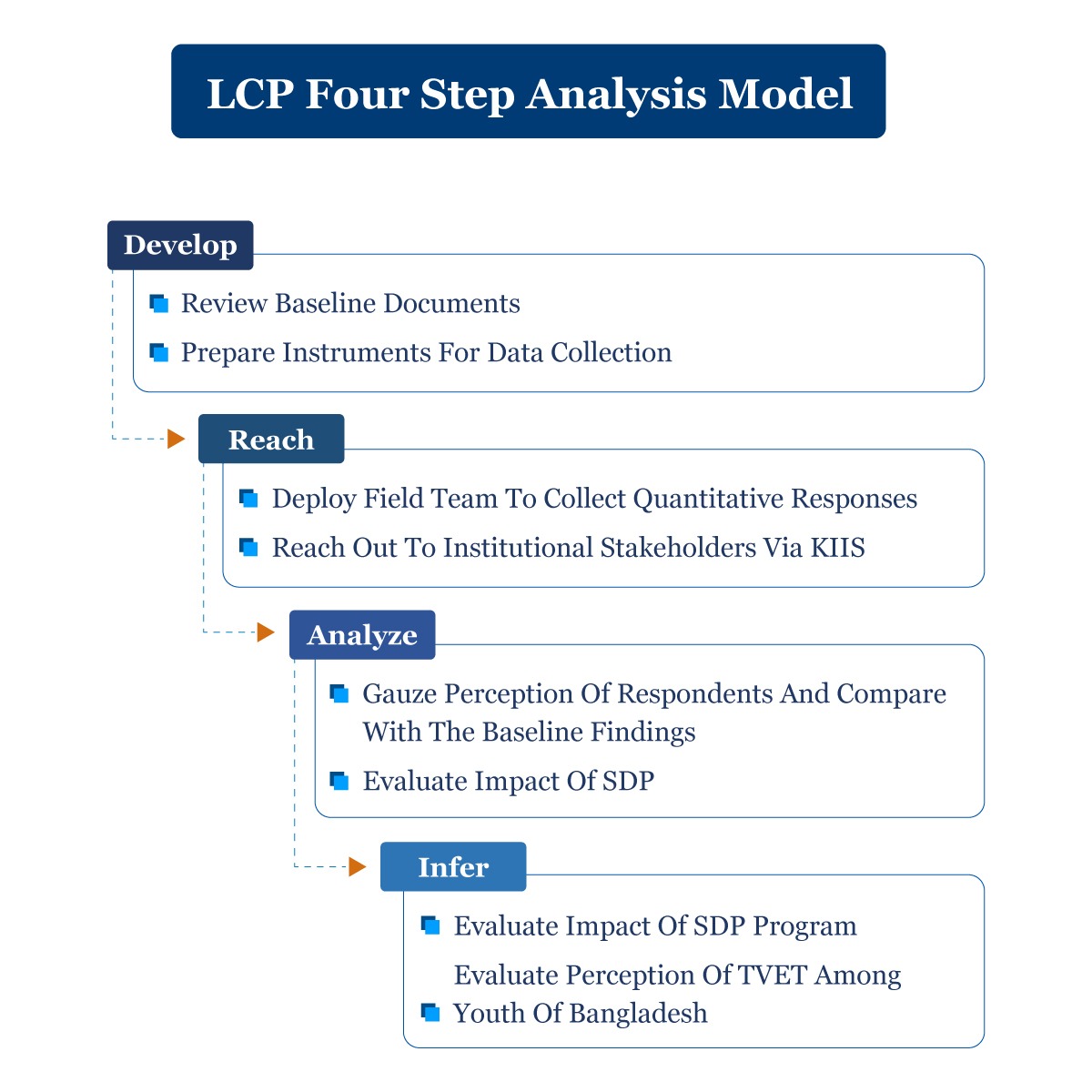GET IN TOUCH
- Please wait...

Over the last decade, it is evident that Bangladesh could gain from the demographic dividend through the large youth population, by turning these young individuals into a skilled workforce, an extremely valuable asset for the country. The Government of Bangladesh has made skills development one of the national priorities; over the past decade, the unprecedented pace of expansion of the formal technical and vocational education system is revolutionary. Over 2 million young people enter the labor force every year, but youth unemployment in Bangladesh has been rising in the past 25 years, from 4% in 1991 to 10.4% in 2016. Against this backdrop, BRAC has been working to prioritize skills training and employment for youth in Bangladesh and worldwide, it launched the “BRAC Skills Development Programme” (SDP) in 2015, with an aim to create an inclusive and sustainable economic development for the youth in addition to creating decent employment opportunities.
SDP commissioned LightCastle Partners (LCP) to conduct the end line assessment of the study titled “Explore the Current Perception of Skills Training and Subsequent Employment Amongst Youth.” The Embassy of Denmark funded the two-year program aiming to improve youth’s perception of TVET through media sensitization, mass campaigns, and improved capacity development via skills-based training.
To undertake this end-line assessment, LightCastle conducted an in-depth study of the project, the change in the awareness among the youths and other relevant stakeholders regarding technical and vocational skills due to the year-long campaign done by SDP. Using the study findings, the team measured the impact of the BRAC SDP program on youth perception regarding TVET. Additionally, the major bottlenecks were sought out and highlighted for SDP, against which LightCastle provided a comprehensive mitigation strategy, and the way forward for the program. The study cross-tabulated the analyzed data to gauge the findings on a regional (urban vs. rural) level and gender-based responses (male vs. female). Based on the results, recommendations were developed to guide BRAC towards designing future strategic interventions regarding the improved perception of TVET among the mass population.

BRAC SDP program had an overall positive impact on improving the perception about TVET and the skills of the intervened youth in Bangladesh. Yet, the interventions are still on a surface level as the pessimism regarding TVET is an amalgamation of negative perceptions on a societal level and structural bottlenecks at an institutional level. In the future, SDP could continue its extensive mass campaigns to ensure perception change about TVET among youth and parents, enhance the training modules further with the introduction of demonstration sessions, and address the systemic challenges that hinder the prospects of TVET in Bangladesh.
Our experts can help you solve your unique challenges